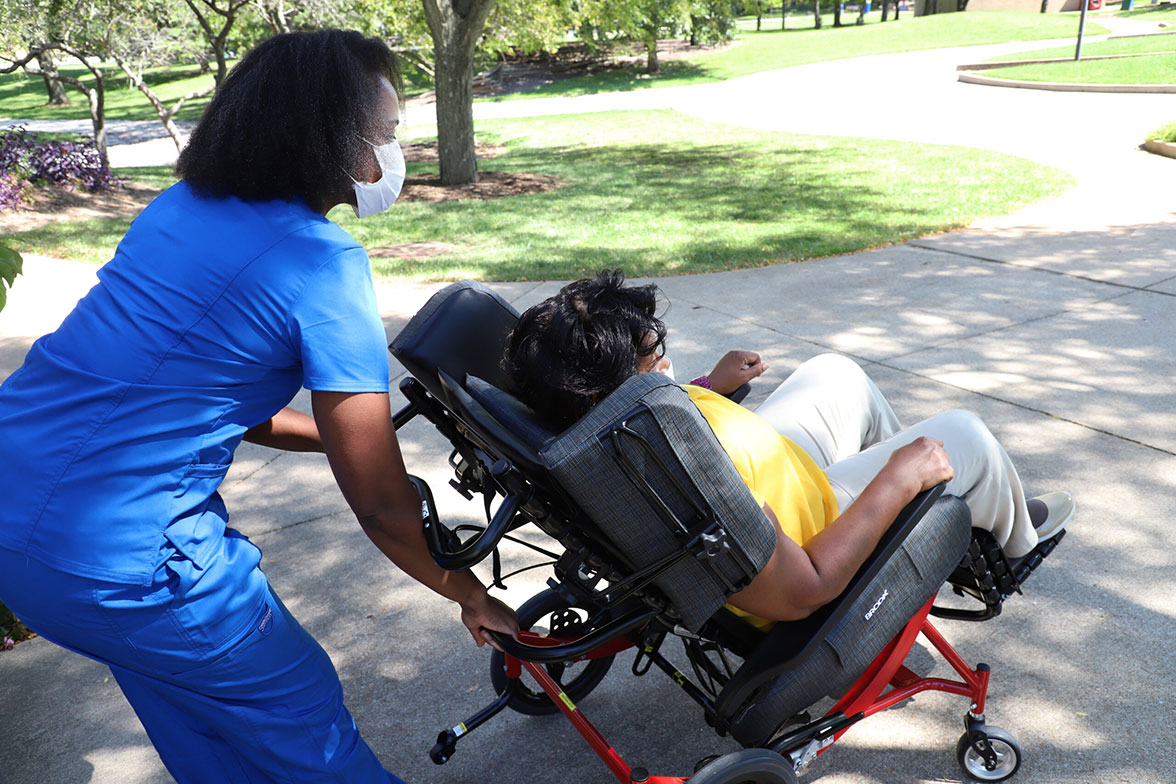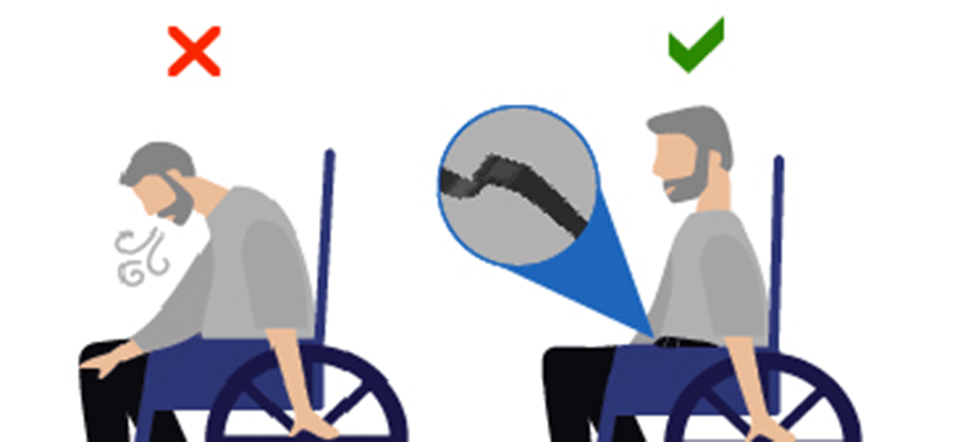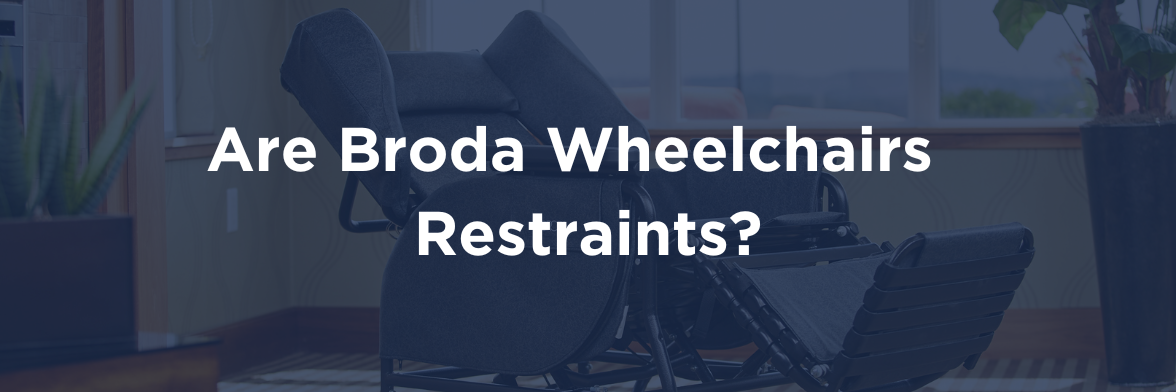No, Broda wheelchairs are not considered restraints with proper use and documentation of tilt and recline. Our positioning seating systems are classified as Supportive Positioning Devices.
The Electronic Code of Federal Regulations defines a restraint as “any manual method, physical or mechanical device, material, or equipment that immobilizes or reduces the ability of a patient to move his or her arms, legs, body, or head freely” (CFR 482.13(e)(1)). This definition describes intentionally immobilizing a patient or reducing their movement by use of a medical device. It does not apply to wheelchairs, seating systems, and secondary supports when they provide postural support, stability, pressure redistribution, and pressure relief.
Are tilt-in-space wheelchairs or positioning wheelchairs restraints?

A clinician should thoroughly document the use of any wheelchair or seating device that tilts or reclines, including Broda wheelchairs. Documentation makes clear the intention behind the use of tilt and recline. As long as clinicians use tilt and recline positioning for the purpose of pressure injury prevention and/or postural support and stability, they can and should take advantage of these useful tools.
Are positioning belts always classified as restraints?

According to the RESNA Restraint Position Paper, positioning belts are postural support devices (PSDs). PSDs are pads or straps that “limit or control a specific movement in the body.” Because of this, one may consider the belts restraints. In order to determine whether the belt or pad is a restraint, consider its main purpose. Is the device’s purpose to restrict movement or to increase function?
For example, if a patient would like to self-propel with her feet but is unable to keep her pelvis in place while achieving heel strike, a pelvic positioning belt would allow her to move independently while reducing her risk for falls and pressure injuries.
Clinicians will typically classify a positioning belt as a “support” rather than a “restraint” for two reasons according to RESNA.
- “‘Supports’ are used to achieve a very specific position or posture of a body part in addition to minimizing migration in a specific direction.”
- “‘Restraints’ typically refer to devices that are used to limit harmful motion during vehicular transportation, or a device that is carefully controlled in many settings.”
The information above is for clinicians practicing within the United States of America. Please consult your state and local regulations before prescribing, documenting, or administering any medical device.
How Can I Request a Quote for a Broda Wheelchair?
To get a personalized quote, contact the Broda team on our website, email sales@brodaseating.com, or call 844-552-7632.
References
1. Babinec, M., Cole, E., Crane, B., Dahling, S., Freney, D., Jungbluth-Jermyn, B., Lange, M. L., Pau-Lee, Y.-Y., Olson, D. N., Pedersen, J., Potter, C., Savage, D., & Shea, M. (2015). The Rehabilitation Engineering and Assistive Technology Society of North America (RESNA) position on the application of wheelchairs, seating systems, and secondary supports for positioning versus restraint. Assistive Technology, 27(4), 263–271. https://doi.org/10.1080/10400435.2015.1113802
